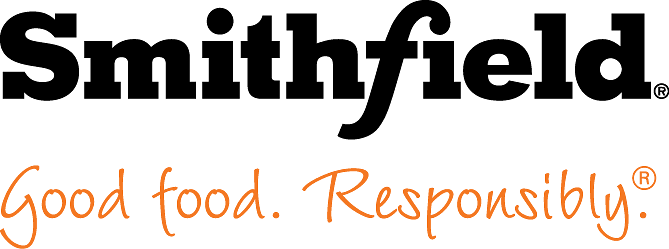
Corporate Philanthropy Steps Up as Food Bank Demand Surges Across the US
Smithfield Foods’ $150K donation to food banks highlights a growing trend: corporations filling the gap as economic pressures fuel rising food insecurity nationwide. We examine the impact and broader implications.
Corporate Philanthropy Steps Up as Food Bank Demand Surges Across the US
By Helen Davis, Healthcare Innovation & Market Shifts
Smithfield Foods’ recent $150,000 donation to 30 food banks across 22 states isn't just a charitable gesture; it’s a reflection of a widening gap between need and resources in the American food system. As economic headwinds continue to buffet households nationwide, food banks are reporting unprecedented demand, forcing them to rely increasingly on corporate philanthropy to keep shelves stocked. This donation, part of Smithfield’s ongoing “Helping Hungry Homes” program, offers a valuable snapshot of both the immediate crisis and the evolving role of corporate social responsibility.
According to data from Feeding America, over 10.2% of U.S. households experienced food insecurity in 2024 – a figure that masks significant regional disparities. States like Mississippi, Louisiana, and New Mexico continue to face particularly acute challenges, but rising costs of living are pushing more families into food insecurity even in traditionally affluent areas. “We’re seeing a new demographic of people needing assistance,” explained a director at a food bank in the Midwest. “It’s not just the chronically unemployed anymore – it’s working families, seniors on fixed incomes, and even people with professional jobs who are struggling to make ends meet.”
Smithfield’s donation, earmarked for protein-rich foods, comes at a critical time. While shelf-stable items are essential, access to nutritious protein is often limited for food-insecure populations. “Protein is vital for health and development,” noted a nutrition expert. “It’s often the first thing families cut back on when budgets are tight, which can have serious long-term consequences.” The company’s commitment – having donated over $10 million to hunger relief since 2008 and over 250 million servings of protein through its “Helping Hungry Homes” program – positions them as a significant player in addressing this need.
However, Smithfield isn’t alone in recognizing the urgency. Tyson Foods recently contributed $500,000 to food banks, and JBS USA committed $300,000, mirroring a broader trend of corporate philanthropy stepping up to address the food crisis. These donations aren’t simply acts of goodwill; they're increasingly viewed as strategic investments in community well-being and brand reputation. “Companies are realizing that investing in social causes isn’t just the right thing to do, it’s also good for business,” a corporate social responsibility specialist commented. “Consumers are more likely to support brands that demonstrate a commitment to social responsibility.”
But is corporate philanthropy enough to solve the systemic problems driving food insecurity? Experts argue that while these donations are crucial, they’re ultimately a band-aid on a much larger wound. “We’re grateful for the support, but it’s not a sustainable solution,” said the food bank director. “We need policy changes that address the root causes of poverty and income inequality.” These include increasing the minimum wage, expanding access to affordable healthcare, and strengthening social safety nets.
Furthermore, the increasing reliance on corporate donations raises concerns about equity and access. Food banks located in wealthier areas may be better positioned to attract corporate funding, while those serving marginalized communities may struggle to compete. “We need to ensure that resources are distributed fairly and equitably,” the nutrition expert emphasized. “It’s not enough to simply donate money; we need to invest in programs that build long-term food security in underserved communities.”
The situation also highlights the shifting landscape of healthcare access and social determinants of health. Food insecurity is inextricably linked to poor health outcomes, increasing the risk of chronic diseases and exacerbating existing health disparities. Addressing food insecurity is therefore not just a matter of charity; it’s a critical component of a comprehensive healthcare strategy. “We’re seeing more and more healthcare providers screening patients for food insecurity and connecting them with resources,” said a healthcare professional working with food-insecure populations. “It’s a recognition that food is medicine.”
Smithfield’s commitment to ongoing support, as demonstrated by its continued investment in the “Helping Hungry Homes” program, signals a long-term vision. However, as the demand for food assistance continues to rise, a collaborative approach involving corporations, governments, and community organizations is essential. The conversation needs to extend beyond simply providing food to addressing the underlying systemic issues that leave millions of Americans vulnerable to hunger. Without a concerted effort to address these challenges, the gap between need and resources will continue to widen, leaving an increasing number of families struggling to put food on the table. This requires a paradigm shift, viewing food security not as a charitable cause but as a fundamental human right and a critical component of a healthy and equitable society.
